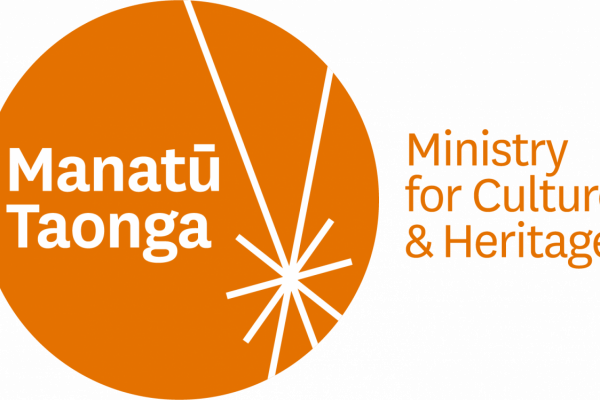Encouraging signs for transformation of the sector

By Keri Malthus
Making plans
The Government has put a firmer timeframe around its planning to transform the creative sector. In a statement to The Big Idea, a spokesperson for newly-appointed Economic Development Minister Phil Twyford says the Government will begin to develop a formal Industry Transformation Plan for the sector next year, in 2020.
There’s already work underway by government agencies and the industry itself that the Minister’s office says will be a “very useful” basis to work with – and that includes an action plan from an alliance group from the creative industies, WeCreate.
The WeCreate action plan is not yet in the public domain but examples of key actions proposed include the Ministry of Culture and Heritage’s sustainable careers work, a review of the Copyright Act, and the Digital Nation Domain Plan 2019.
“We also propose to explore some other actions where there could be a leadership role for government,” the Minister’s spokesperson said. “Specifically, how creativity is positioned as a key New Zealand brand value, key metrics for measuring creative industries, potential creative sector research needs and getting a better understanding of the business capability programmes that exist for the creative sector.”
Any planning would also consider the needs, including investment needs, of early stage createch and creative businesses.
Growing innovation
Outgoing Economic Development Minister, David Parker, announced a new sector-led approach to industry innovation at the start of the week. The paper he released appeared to indicate the creative sector could be down the queue in terms of transformation planning.
The 56-page paper, “From the Knowledge Wave to the Digital Age”, names four industries as the “new priority” for transformation plans – agritech, food and beverage, forestry and digital technology. The creative sector is grouped with others as having transformation initiatives, but no formal plan underway.
The paper does restate the Government’s commitment to growing the sector, “to improve social and economic outcomes within creative industries themselves and across New Zealand more broadly.”
It says the Government will partner with WeCreate on some key recommendations in that group’s action plan.

Graphic source: Government’s July 2019 paper on growing innovative industries
WeCreate chair, Paula Browning, says they are delighted the sector is being included in the Government’s future-focused work programme and is looking forward to seeing some of the next steps get underway.

Paula Browning
“The UK has led the way in demonstrating what can be achieved when government and industry work together to grow a creative economy,” she says.
“New Zealand has different creative strengths and we can leverage our connectedness and our ideas to achieve significant economic growth through industry partnering with government.”
Paula Browning sees research and measuring the value of the creative industries as they are now, as the key to progress the planning.
“It is a huge problem internationally, where there are no countries accurately and consistently capturing data on the digital economy. Those sorts of figures help the government to understand where to invest and areas to support; even from a regulation point of view.”
Another area that WeCreate has a particular interest in is what happens when creative people leave school, and how to give them the skills they need to manage themselves as a business if they want to earn from their art.
“We are looking to map programmes that are in existence in each of the individual creative industries at the moment and see how they’ve been developed and how they are working, then look at whether or not that’s able to be expanded across the sector.”
There was funding in this year’s budget for a new programme Creatives in Schools which will be run by the Ministry of Education and will partner professional artists, or creative practitioners, with schools and kura, to foster new creative learning experiences for students.
Applications will open in October this year for the first 24 projects, with more than 300 planned over four years of the programme from 2020 to 2024. Inspiring more young creatives into the business is another aim of the programme.
A detailed plan, giving them greater confidence in the sustainability of a creative career, can only help encourage more young Kiwis to contribute to the growth of the sector.
Lead image: Man in Mixed Media, by Sergey Nivens, Adobe Photostock
This article first appeared in The Big Idea July 8




